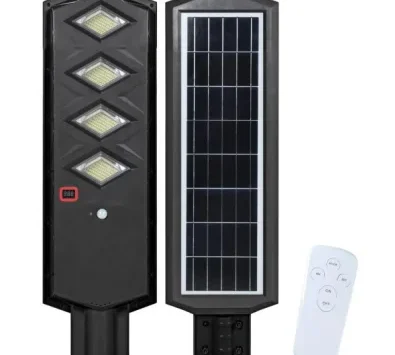What is Daylight Harvesting?
In today’s eco-conscious world, sustainable living has become more than just a trend; it’s a necessity. One of the most effective ways to reduce our carbon footprint and save on energy costs is through daylight harvesting. But what is daylight harvesting? This blog post aims to shed light on this innovative concept, its benefits, and how it can be incorporated into our daily lives.
Understanding Daylight Harvesting
Daylight harvesting, also known as daylighting, refers to the practice of using natural light to illuminate indoor spaces, thereby reducing the need for artificial lighting. It involves the strategic placement of windows, skylights, and reflective surfaces to maximize the amount of sunlight entering a room during the day. The goal is not only to conserve energy but also to create healthier and more comfortable living and working environments.
The process of daylight harvesting can be automated using sensors that measure the amount of natural light available. When sufficient daylight is present, these sensors signal the lighting control system to dim or switch off artificial lights. This seamless integration ensures optimal use of natural light without compromising on comfort or visibility.
The Benefits of Daylight Harvesting
- Energy Efficiency and Cost Savings
One of the most significant advantages of daylight harvesting is its potential for energy conservation. By reducing dependence on artificial lighting during daytime hours, we can significantly cut down on electricity consumption. This not only helps in conserving valuable resources but also translates into substantial cost savings in terms of reduced energy bills. - Improved Health and Well-being
Exposure to natural light has been linked with numerous health benefits. It helps regulate our body’s circadian rhythm (internal body clock), which in turn improves sleep quality, mood, and overall well-being. Moreover, studies have shown that natural light can boost productivity and creativity levels in workplace settings. - Environmental Sustainability
By reducing electricity consumption, daylight harvesting contributes towards lowering greenhouse gas emissions associated with power production. This makes it a viable and effective strategy for mitigating the impacts of climate change.
Implementing Daylight Harvesting
While the concept of daylight harvesting might seem complex, implementing it can be relatively straightforward. Here are some ways to incorporate daylight harvesting into your home or office:
Window Placement and Design: Windows should be strategically placed to allow maximum sunlight entry. Consider using larger windows, skylights, or light tubes that can channel light into darker areas of the room.
Use of Reflective Surfaces: Light-coloured walls and ceilings can reflect sunlight, effectively illuminating a room. Mirrors and other reflective surfaces can also be used to direct light into specific areas.
Automated Lighting Control Systems: These systems use sensors to monitor available daylight and adjust artificial lighting levels accordingly. They ensure optimal utilization of natural light while maintaining desired comfort levels.
Conclusion
So, what is daylight harvesting? It’s an innovative approach that harnesses the power of natural light to illuminate our indoor spaces, promoting energy efficiency, health benefits, and environmental sustainability. By understanding and implementing daylight harvesting techniques in our homes and workplaces, we can contribute towards a greener planet while enjoying a healthier lifestyle and significant cost savings.
Daylight harvesting is more than just an energy-saving strategy; it’s a way of life that aligns with the principles of sustainable living. As we continue to seek solutions for reducing our environmental impact, concepts like daylight harvesting will play an increasingly crucial role in shaping our future.




